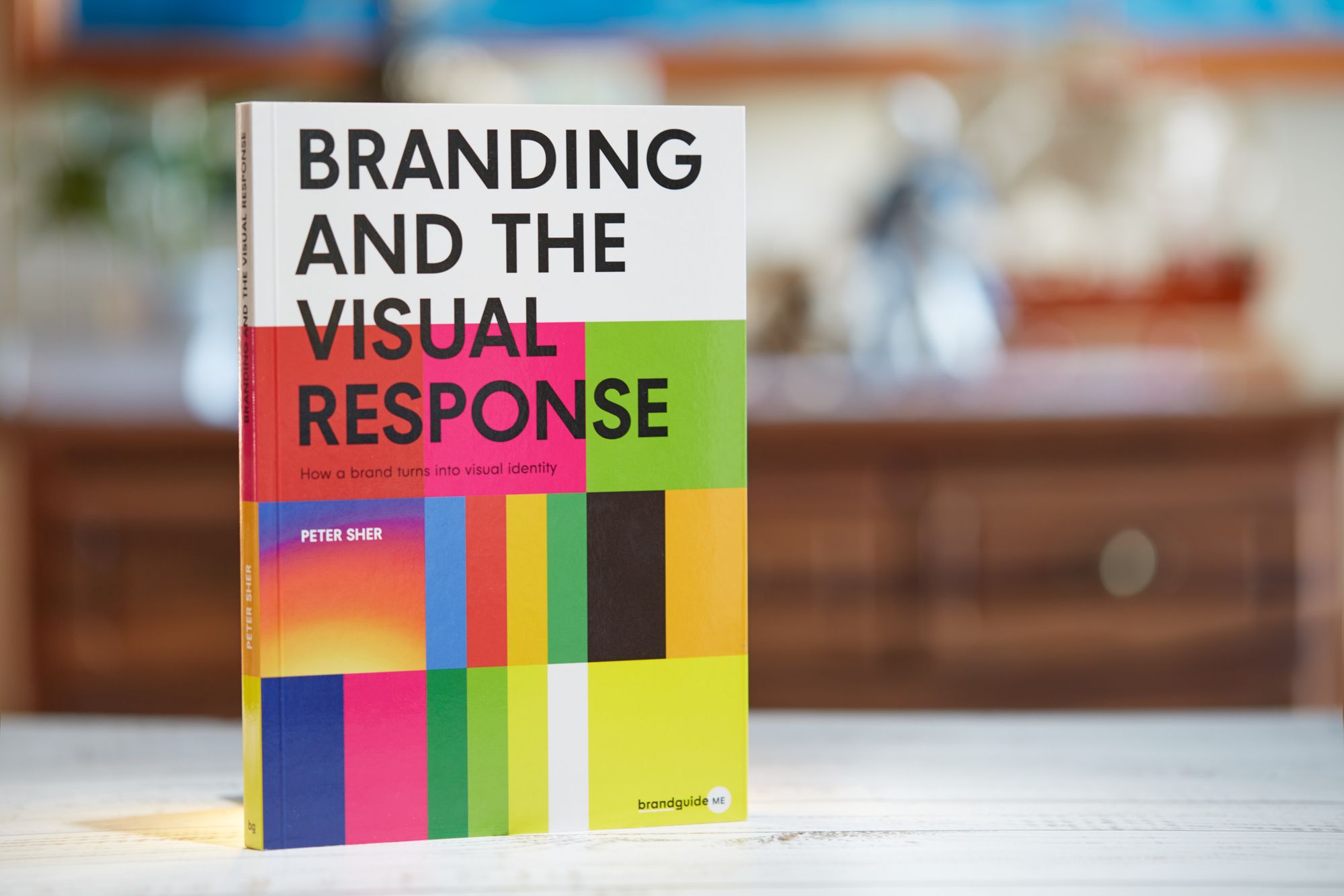How, where and why you should communicate as a designer: Self-management 101

It is the experts who communicate well and consistently that are known (and recognised) on the market. But what exactly do you need for this?
If you want to communicate authentically, you must present your work, methods and achievements properly. Self-management is never a waste of time. And while everyone knows this, most people tend to forget about communication.
In this article, I will discuss why consistent, regular and transparent communication is essential, even for designers, and what exactly you should pay attention to if you want to communicate effectively.
Your portfolio is important—but it’s far from enough
The web is full of portfolios. If you want to stand out, you can’t sit back when you’ve listed your references and previous projects.
In another article I discussed how you can create a good graphic design portfolio. Now I’ll take a look at other options we, designers, have to increase our visibility.
Why should I communicate when I already have clients?
— designers in general
—this is a fair question.
Well, mostly because a time may come when your existing clientele changes. (Some very recent examples are the economic effects of the COVID19 pandemic and the restructuring of the small taxpayers’ tax scheme.)
And one more thing...
Having to take on any and all projects to get by and being able to decide who you want to work with are two very different situations.
Sure, not everyone should act as a thought leader immediately, but if you want to develop and grow, you must make conscious decisions about your communication.

How a brand turns into visual identity
Ready to elevate your design strategy? Get this must-have book in ebook or print format. Packed with practical advice, it’s your roadmap to becoming an elite designer who thinks strategically and builds unforgettable brands.
The basis of effective communication is the clear definition of your goals
The goals you set and the corresponding strategy will greatly impact your communication.
You should align your communication strategy with your goals, so that instead of just making noise, a coherent dialogue can develop between potential clients and the brand.
As a designer you might have various goals:
- to increase your visibility
- to strengthen your brand
- to stand out from the competition
- to seek recognition
- to find new customers or employees.
Of course you can have several goals at a time. Whatever your goal is, building your brand is always important, whether you are a business, a freelancer or an influencer.
This book I wrote on branding can help you with that.
But let’s move on...

Who do you want to reach out to?
When you know why, the next step is to decide who you want to speak to.
You have several options again. You may target
- the professional community
- your existing clients
- or your prospective clients.
You should define your target audience, which will shape your communication: the style, the tone, the content types, the topics, etc.
A brand can usually connect with its target audience in a meaningful way through storytelling.
Anything your target group and you have in common — for example hobbies and interests — can be included in your communication.
This is important because
- it will make it clear for the audience what atmosphere and vibe they can expect if they choose to work with you
- clients are people, too, people are attracted to personalities and your brand can also have a personality (see my previous article on building your brand personality).
If you have rapport, your cooperation will likely be more pleasant—and you will have better results.
Where can you reach them?
You now know the goal of your communication.You know who exactly you want to speak to. But where can you reach your target audience the most effectively?
Before the digital revolution, the entry threshold was high. Newspaper ads, other printed ads, television and radio commercials cost a lot of money.
In the digital space, however, you can build a presence cost-effectively, or almost at no cost.
The obvious choice is, of course, social media, where you can
- create a Facebook group (to build your presence as an expert)
- use Instagram for communication (you can present your portfolio and your brand’s personality)
- try TikTok (these new platforms get popular quickly and you can have significant reach, but it’s not yet clear whether it delivers real results)
- create a LinkedIn profile (for the professional community and corporate decision-makers)
- register on Dribble (to reach the professional community).
Of course, you can also use your website for communication and build a list of subscribers for your newsletter—I’ll discuss this in more detail later.
You should know that digital presence in itself is not enough. But if you can create topical and useful content, people will be more likely to share and comment, and it will spread organically (without significant advertising costs).
What and how to communicate as a designer? (4 areas to focus on)
I’ve already mentioned the importance of brand and branding. Brand Sprint is a perfect tool for designing your brand and planning its communication. Before you start communicating, spend some time on planning it.
Once you have the plans, what tools are available?
1. Content marketing
You can create valuable content and use it to connect with your audience.
A lot of people and businesses are doing that, so it is important that your content marketing represents some unique perspective, otherwise you’ll only be part of the communication noise.
You should strive to add something to your content that people won’t get anywhere else.
Branding strategy, which we talk so much about, can provide a solution here, too.
Content marketing can really boost your SEO (search engine optimisation) efforts, too. (With this, potential clients looking for solutions to their problems will find your content in Google and other search engines.)
Content marketing pays off in the long term, in the short term it is less effective than paid advertisements. Later, however, it delivers great results.
2. PR and press coverage
It’s important to have content on other websites where you are mentioned or linked for SEO reasons, too, but the main reason you should seek press coverage is that it builds your authenticity.
There are two ways to achieve this:
- you create interesting, exciting and useful content (e.g. own research) that other portals and media want to cover;
- you pay to appear on other portals.
Your communication strategy should cover what content your target audience likes to consume and what platforms they prefer so that you can, for example, pay to appear in your prospective customers’ favourite magazines.
3. Presentations and meetups
You can use live and online events, conferences, meetups and seminars to demonstrate your expertise.
Make sure your presentation is relevant for your audience.
A good presentation can generate quality leads and you can increase the number of your followers across platforms.
4. Email marketing
In recent years we have seen that it’s best if it’s you and not some third party (e.g. Facebook or Google) that has control over the data of your followers and potential customers,
as a decision may be made anytime (like an algorithm update, new legislation or ban) which leads to a considerable decrease in your reach.
To avoid this, most experts suggest using email marketing, where you collect your subscribers’ data and store it in your own system in return for useful content, professional tips, advice and tools. A newsletter is also a great way to engage with your followers.
This way you can reach your potential customers even if all other platforms turn their back on your brand.
Summary: the benefits of self-management
In addition to self-management, building your brand and managing your clients’ projects, consistent communication is indeed important. Even for designers.
If you don’t put yourself out there, quality customers will be less likely to find you in the flood of information.
For this, you should know
- what you want to achieve through communication
- who you want to reach out to
- what you want to say
- what platforms you can and want to use for communication
- and what form you choose for all this.
I hope these ideas will help you build a consistent and effective communication strategy.
If you want to use Brand Sprint, visit our resources page, it provides you a free PDF guide to learn it—and perhaps use it in your next project, adding value to your services, or by our book which is a step by step guide to branding 👇

How a brand turns into visual identity
Ready to elevate your design strategy? Get this must-have book in ebook or print format. Packed with practical advice, it’s your roadmap to becoming an elite designer who thinks strategically and builds unforgettable brands.
